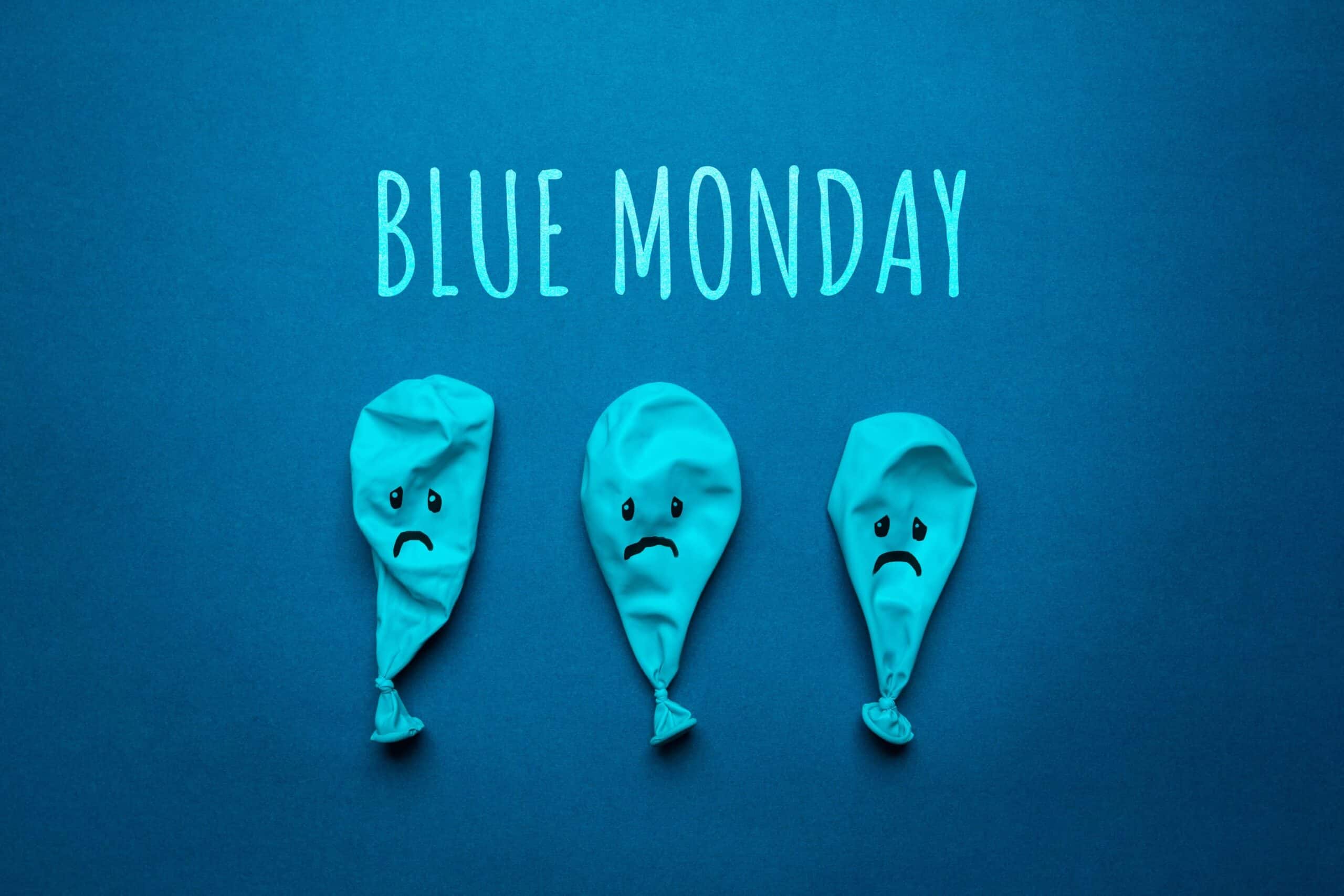It is not a stretch for most people (58%) who already are not a fan of Mondays and add to that January is traditionally the most routinely ranked least favorite month of the year. Blue Monday could be a thing. However, the idea of Blue Monday has largely been dismissed as being mere pseudoscience. But is it, some people argue that it is part of a much larger issue.
Seasonal Affective Disorder (SAD) is a recognized form of depression that is active during certain parts of the years, and it unfortunately is VERY real for many people. People affected by SAD can experience symptoms including but not limited to having low energy, irritability, lack of interest in anything, loss of appetite, sleeping more, craving carbs, lack of concentration/focus, and having feelings of worthlessness, helplessness, guilt, and regret. Some people argue that Blue Monday falls into SAD. Whether it is or not, mental health is important, and it should not be ignored.
For those struggling with the blues, be they fleeting or persistent, there are several ways to fight back such as going for a walk, basking in nature, exercising, normalizing your sleep pattern, keeping active, going outside, eating healthy, listening to music, starting a new hobby, avoiding depressants like alcohol, and making your environment sunnier and brighter.
This time of year we don’t get as much sun, and having vitamin D deficiency is a known risk factor for depressive disorders, including SAD. Vitamin D is produced when the body is exposed to sunlight, taking a walk around the block to take advantage of daylight whenever possible can help to keep our levels up. Even keeping the blinds and curtains open to allow natural light in can help.
You could read, but you should be mindful of the content that you will be perusing. I am not aware of anyone who feels better after aimless scrolling and wasting hours on social media, are you? Perhaps it might be a better idea to put down your digital devices and pick up a book, yes, a book, they still exist. When you disconnect your cortisol levels could drop, this may help to clear your mind and help you to feel better. Stay away from topics that will make you feel sad or angry, look for something that will make you feel good, laugh, and maybe inspire you.
You may want to consider dancing. Just let loose and dance it out. Dancing care-free holds power and it is yours for the taking. Dancing is a pure and primordial way for you to claim the power of getting out of your head, relieving physical tension, anxiety, and aggression while relieving sadness and confusion. You can dance alone, with a partner, or follow along with a video. The point is to feel the music, let it move you, help to clear your mind, and improve your mood. Additionally, dancing is a form of exercise that floods your body with feel-good endorphins that help you forget your troubles.
The mind and body are connected more than most realize. Mindfulness, yoga, and deep breathing techniques can work wonders in helping to ease the mind while soothing the body. Many of these techniques/exercises can help to physiologically calm you down by lowering your heart rate, releasing muscle tension, and changing your skin conductance among other things which will all help to lower your sense of fight or flight.
If you are struggling and nothing you try seems to help, think about joining a support group. Sharing your feelings with others who know what you are going through because they are as well is very therapeutic. Seeking help via talking treatments like support groups, counseling, psychotherapy, and cognitive behavior therapy may be able to help you to better cope with your symptoms. If your symptoms become so bad that they are keeping you from living a normal life it may be time to consider seeking help from a professional therapist to provide support, affirmation, and understanding while helping you build a long-term solution.




